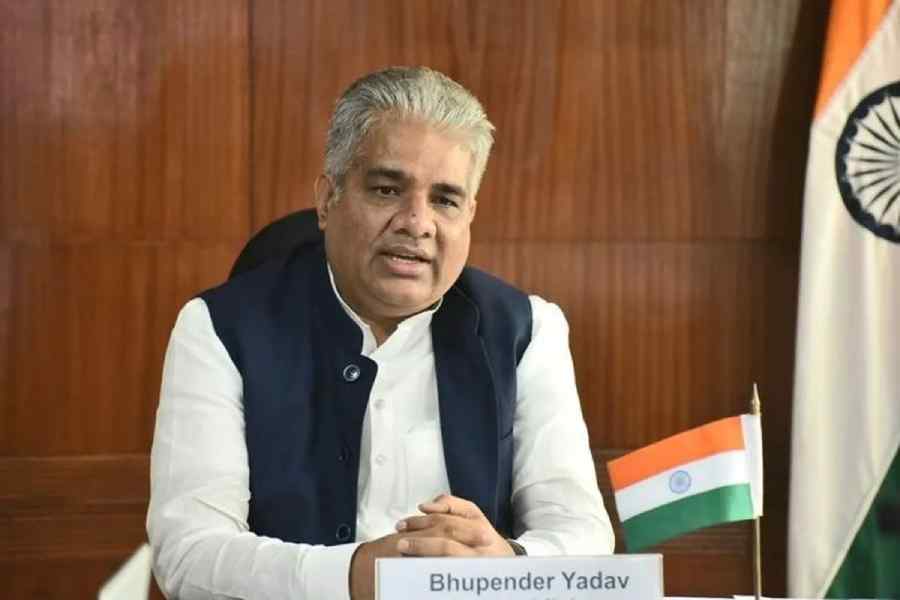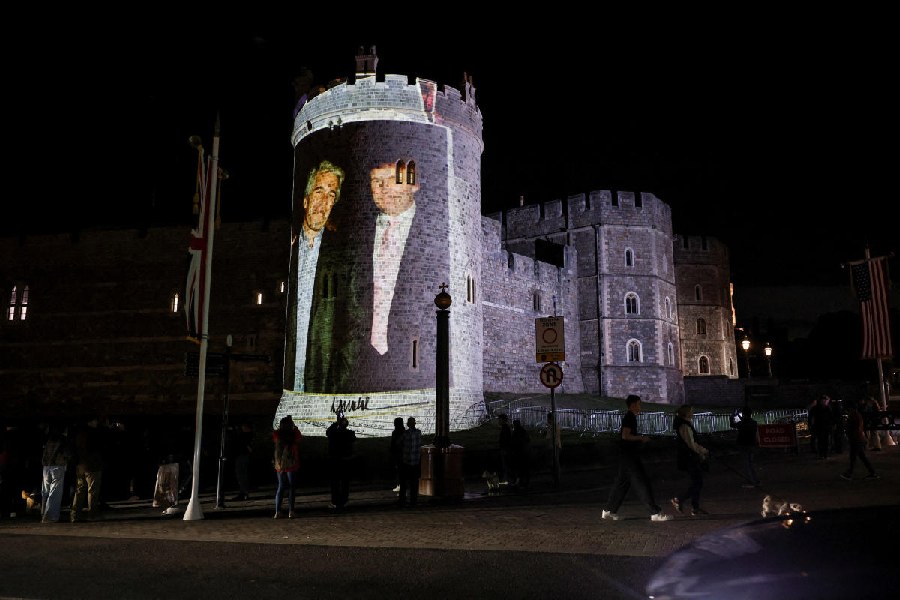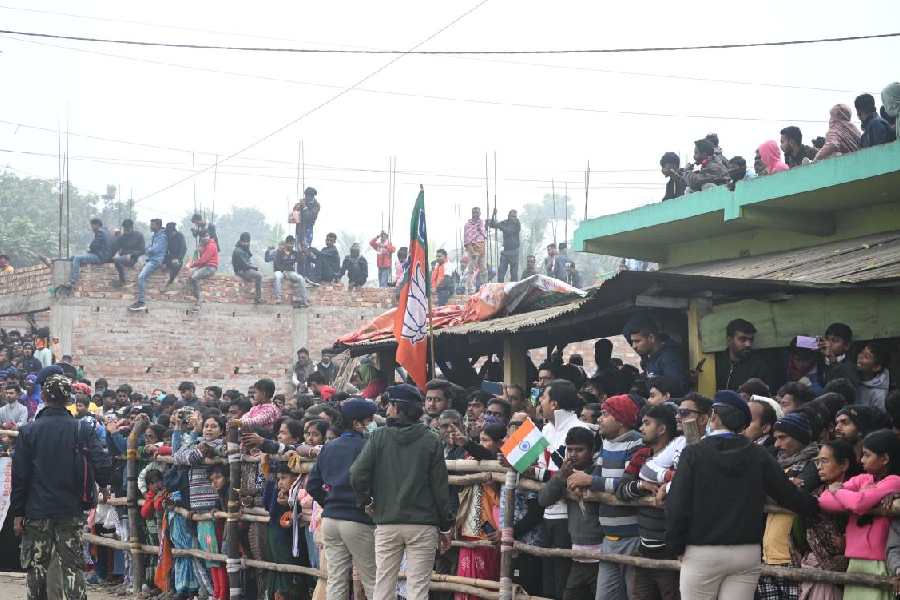 |
| Villagers try to save Olive Ridley turtle eggs from tidal waves at Rushikulya rookery. Picture by Gopal Krishna Reddy |
Berhampur, April 9: Eggs of Olive Ridley turtles are to be hatched on the Rushikulya rookery in Ganjam district of south Odisha after five or six days. However, about 50 per cent of the eggs have been washed away by tidal waves.
Nearly one lakh Olive Ridleys laid eggs during the mass-nesting season in four days from February 28 to March 2, according to official sources.
The eggs of Olive Ridleys turtles incubate in the natural heat of the sand and hatch after 45 days. The hatchlings slip into the sea. Last year, around 2,51,000 turtles laid eggs during the mass-nesting season on this coast. This year they nested in the recently formed island.
“About 50 per cent of eggs were washed away by high tidal waves on the full moon day on April 6. There was considerable erosion of the island on the day the turtles laid their eggs,” Berhampur divisional forest officer Ajay Kumar Jena said.
“However, we are keeping a strict vigil on the hatching process of the Olive Ridley turtles, which is yet to begin,” Jena said.
The 4.5km beach at Rushikulya rookery had earlier been reduced to almost half its size because its mouth had drifted north. The river mouth, which was at Purunabandha earlier, has now drifted to Gokharakuda. The length of the beach has been reduced to just 2.2km. The shifting of the river mouth began in 2007. The island near the rookery was formed more than 200 metres inside the sea near the coast.
Natural shifting of the river mouth has completely eroded the beach where most of the turtles laid eggs last year. “As the island is detached from the mainland, we thought the eggs would be safe from predators such as foxes, jackals and stray dogs as well as human interference. But the danger this year came from the sea,” said Rabindra Sahu, secretary, Rushikulya Sea Turtle Protection Committee.
The committee was formed at Purunabandha village and is playing a major role in protecting the turtles.
“The island has the Rushikulya river mouth on both sides, Rushikulya river at the back and the sea on the other side,” Sahu said. Construction of two sea walls by Gopalpur Port Authority near the rookery had caused erosion, which led to shifting of the river mouth, said Sahu.
Many villagers of Purunabandha said they had never seen such a natural process earlier. “The island near the mainland was formed for the first time. We don’t know whether this is an aberration. We are not certain about the future of the Olive Ridley turtles at Rushikulya rookery,” they said. The mouth of the Rushikulya is one of the major nesting sites along the Bay of Bengal.
In 1993, experts from the state forest department and Wildlife Institute of India had identified that large-scale nesting of Olive Ridley turtles was taking place near the Rushikulya river mouth.
The Rushikulya Sea Turtle Protection Committee, an organisation of boys from traditional fishing community, has initiated efforts to protect the endangered turtles at the Rushikulya rookery.











